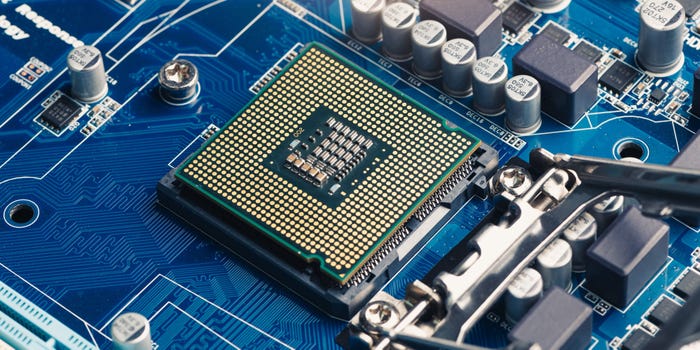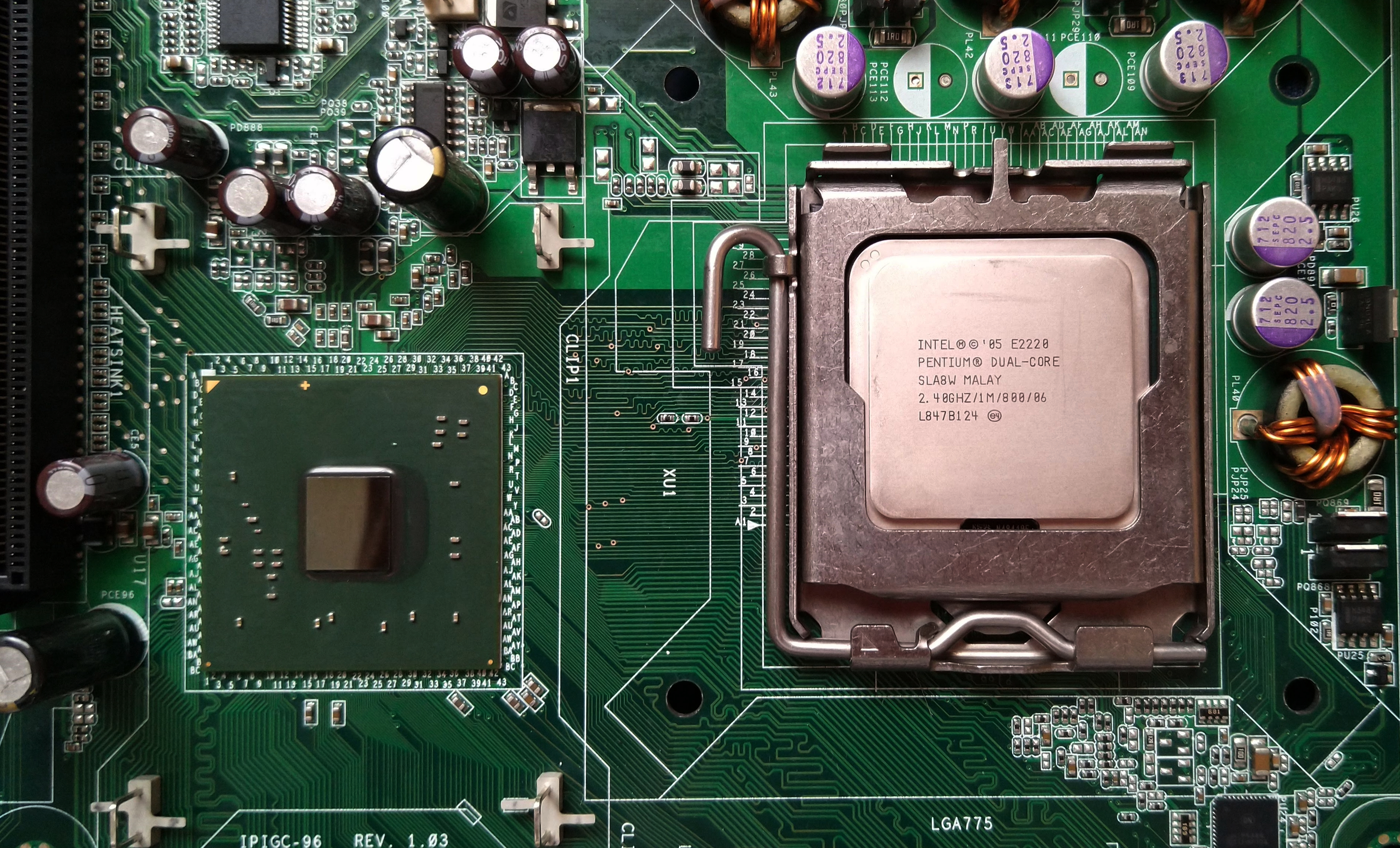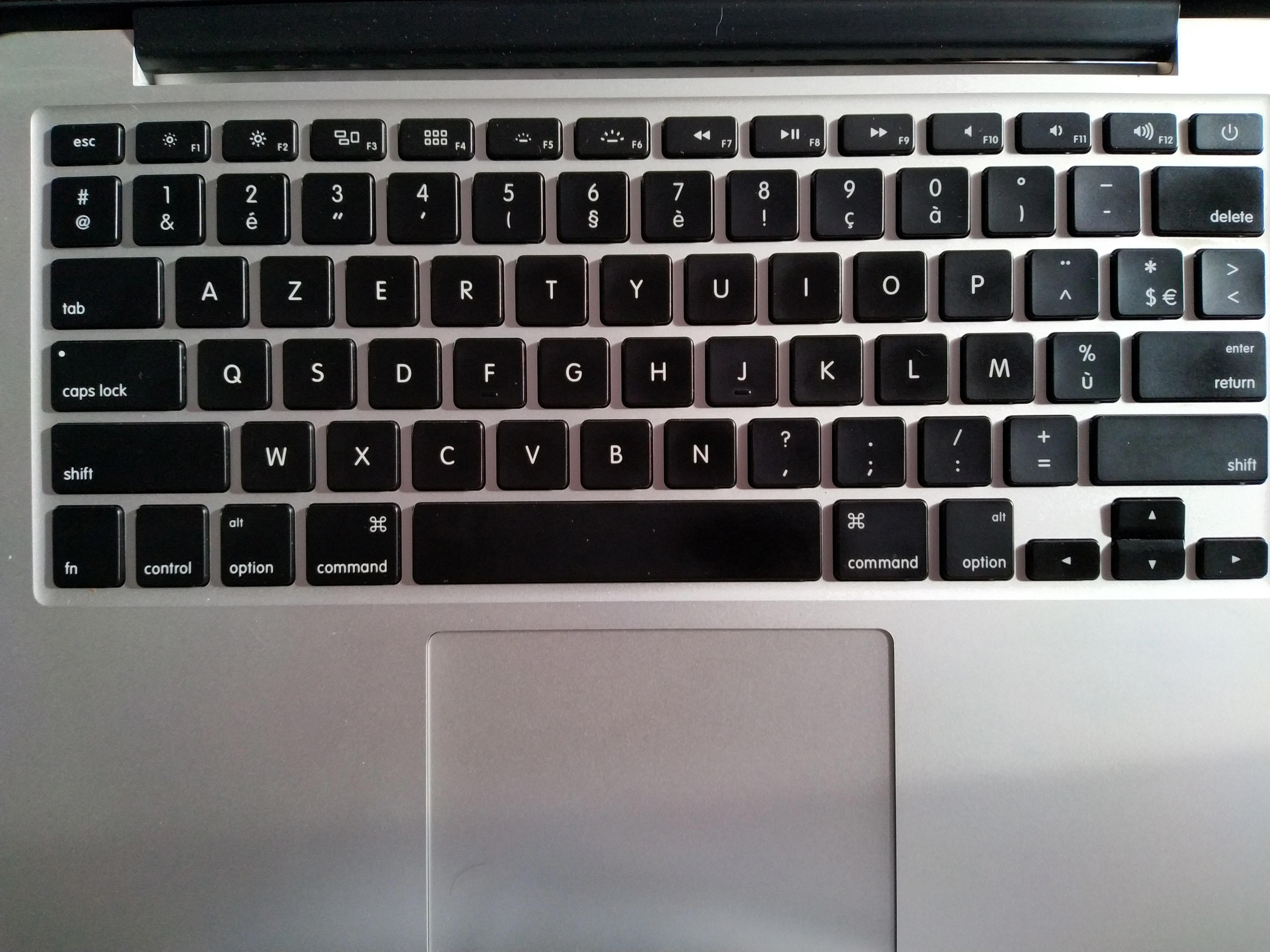When building a computer, one of the crucial components is the CPU cooler. The CPU generates a lot of heat, and a cooler is necessary to maintain the temperature within safe limits. However, sometimes, when installing a CPU cooler, you may encounter an issue where the screws of the heatsink don’t reach the motherboard’s backplate. This can be a frustrating problem, but it’s not uncommon. In this article, we’ll look at some of the reasons why heatsink screws don’t reach and how to fix the issue.
One of the most common reasons why heatsink screws don’t reach is that the backplate is not compatible with the motherboard. Most CPU coolers come with a backplate that needs to be attached to the motherboard before installing the heatsink. If the backplate is not compatible with your motherboard, the screws may not reach the backplate, causing the heatsink to be loose.
To fix this issue, you’ll need to find a backplate that’s compatible with your motherboard. You can usually find compatible backplates online or contact the manufacturer of your CPU cooler to get a compatible backplate.
Another reason why the heatsink screws don’t reach is that the motherboard may be warped or bent. This can happen if the motherboard is not installed properly or if it’s been damaged. In this case, you’ll need to remove the motherboard and check if it’s warped or bent. If it is, you’ll need to replace the motherboard or try to straighten it out carefully. If you’re unsure about how to do this, it’s best to seek professional help.
Sometimes, the issue may be with the screws themselves. If the screws are not long enough, they won’t reach the backplate, causing the heatsink to be loose. In this case, you’ll need to replace the screws with longer ones that are compatible with your CPU cooler.
Another possible reason why the heatsink screws don’t reach is that the CPU cooler is not compatible with your motherboard. This can happen if the CPU cooler is designed for a different socket or if it’s not compatible with your motherboard’s size or layout. If this is the case, you’ll need to find a CPU cooler that’s compatible with your motherboard.
Heatsink screws not reaching the motherboard’s backplate can be a frustrating issue when building a computer. However, it’s not uncommon, and there are several reasons why it can happen. By following the steps outlined in this article, you should be able to identify the cause of the issue and fix it. Remember to always be careful when handling computer components and seek professional help if you’re unsure about how to proceed.

Troubleshooting CPU Cooler Screws Not Going Down
There could be several reasons why your CPU cooler screws are not going down. Some of the common reasons are:
1. Stripped Screws – Over-tightening the screws or using an incorrect screwdriver can strip the screw threads, making it difficult to screw them in.
2. Misaligned Screws – If the screws are not aligned properly with the holes on the motherboard, they may not go down smoothly.
3. Obstruction – There may be an obstruction in the screw hole, such as dirt or debris, which is preventing the screw from going down.
4. Incorrect Screw Size – Using the wrong size screws can prevent them from going down properly.
To fix the issue, you can try the following steps:
1. Check the Screw Threads – Make sure the screw threads are not stripped. If they are, you may need to replace the screws.
2. Align the Screws – Ensure that the screws are aligned properly with the holes on the motherboard.
3. Clean the Screw Holes – Check for any obstructions in the screw holes and remove them if present.
4. Use the Correct Screw Size – Make sure you are using the correct size screws for your CPU cooler.
If none of these steps work, you may need to seek the help of a professional to diagnose the issue and provide a solution.
How to Properly Secure a Heatsink
When it comes to tightening your heatsink, it’s important to strike a balance between securing it firmly in place and avoiding overtightening that can cause damage. Here are some specific steps you can follow to achieve the optimal level of tightness:
1. Begin by placing the heatsink onto the CPU and aligning it properly. Make sure that the thermal paste is applied evenly on the surface of the CPU.
2. Once the heatsink is in place, start screwing it in. Use a screwdriver to tighten the screws in a diagonal pattern, which means that you should tighten one screw at the top left, then the one at the bottom right, then the one at the top right, and finally the one at the bottom left. This helps ensure that the pressure is distributed evenly across the entire heatsink.
3. Keep tightening the screws until they are snug, but don’t force them any further. You don’t want to overtighten them as this can lead to damage to the CPU or the heatsink.
4. Once you’ve tightened all the screws, gently tug on the heatsink to check that it’s secure. If it moves, you may need to tighten the screws a bit more.
By following these steps, you should be able to achieve the optimal level of tightness for your heatsink, keeping your CPU cool and protected.
The Effects of Over-Tightening a Heatsink
It is possible to over-tighten a heatsink. Over-tightening a heatsink screw can lead to several problems. Firstly, it may strip the screw or damage the socket, which can make it difficult to remove the heatsink later on. Secondly, over-tightening can crack the CPU, which can cause irreparable damage and render the CPU useless. Lastly, uneven pressure on the CPU can cause an uneven gap between the CPU and the heat sink. This, in turn, can cause one side of the CPU to overheat, which can lead to performance issues or even permanent damage to the CPU. Therefore, it is important to be careful when tightening a heatsink and to ensure that the pressure is evenly distributed across the CPU.
Screwing Into a CPU Heatsink
To screw into a CPU heatsink, you first need to align the four spring screws on the heatsink with the four screw holes of the backplate. Once aligned, carefully place the heatsink onto the CPU. Using a screwdriver, turn each spring screw a half turn clockwise to ensure the spring screw makes a connection with the backplate. It is important to be gentle when screwing in the heatsink to avoid damaging the CPU or the motherboard. Additionally, it is recommended to use thermal paste on the CPU before installing the heatsink to ensure proper heat transfer.
Conclusion
If you find that your heatsink screws don’t reach, there are a few things you can try before giving up. First, make sure that you are using the correct screws for your particular CPU and cooler combination. If the screws are correct, then try pushing down on the screw with a screwdriver to see if that helps. Additionally, you may want to try tightening the bottom screws to relieve some of the diagonal pressure on the top screws. It is important to remember not to overtighten the screws as this may cause damage to your components. with a bit of patience and troubleshooting, you should be able to properly secure your heatsink for optimal cooling performance.








